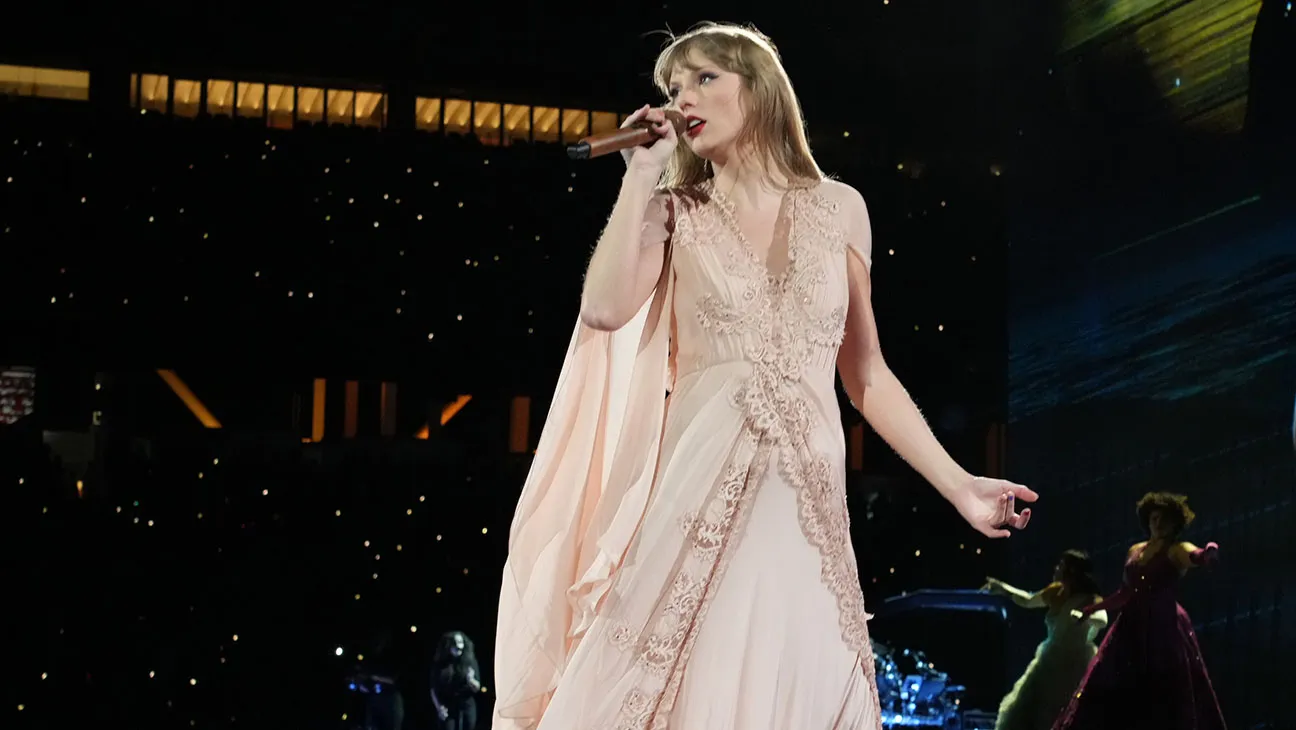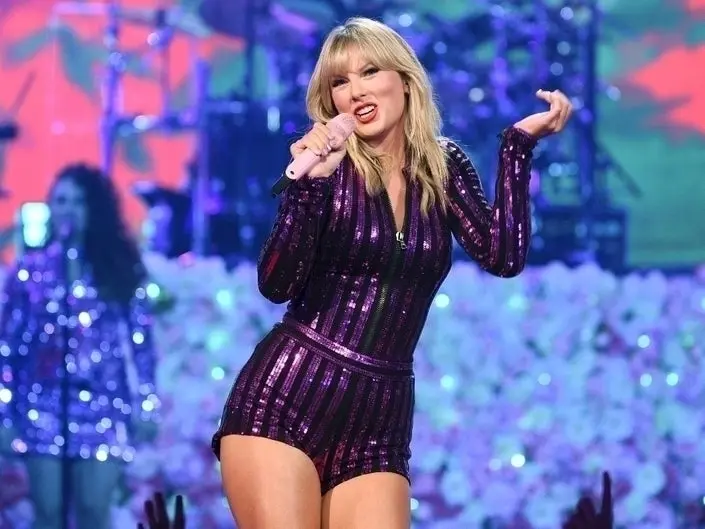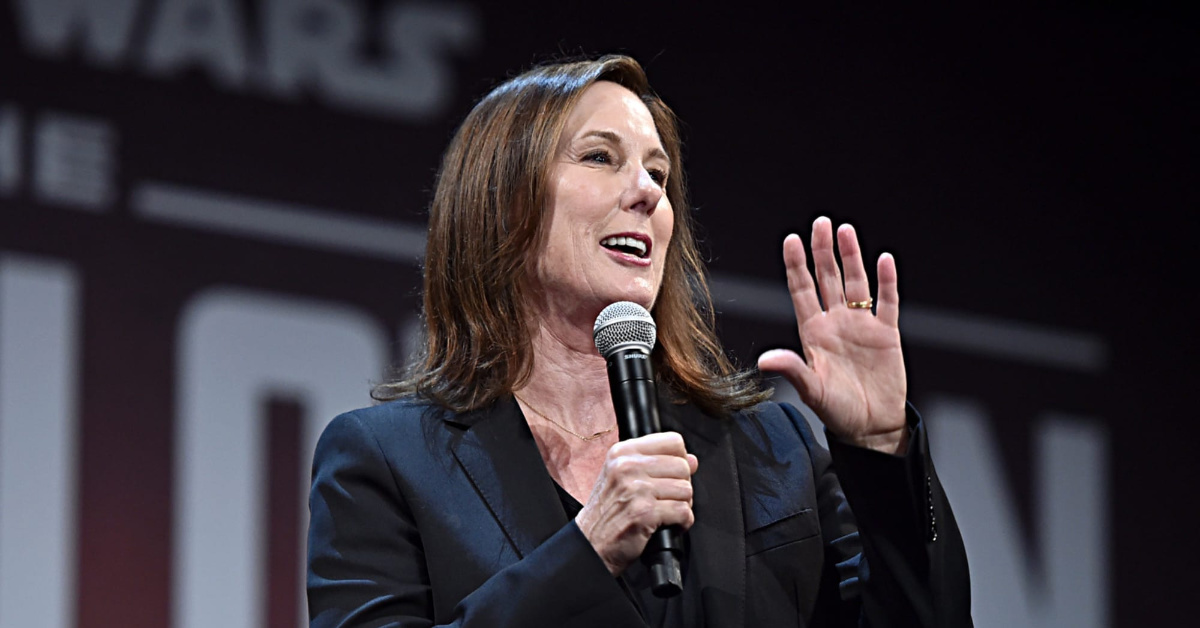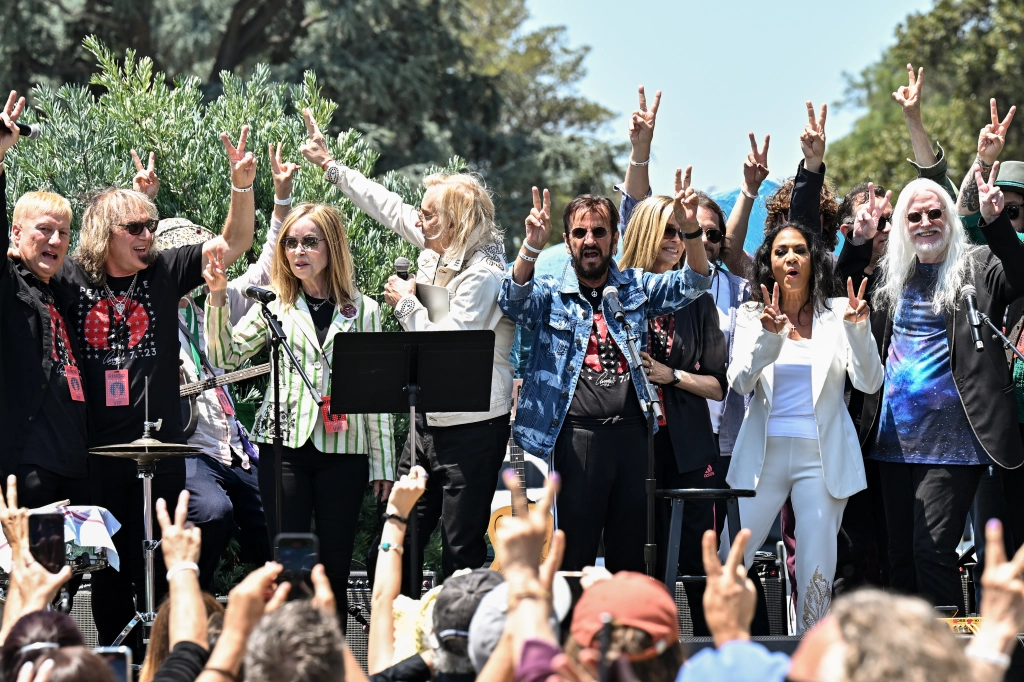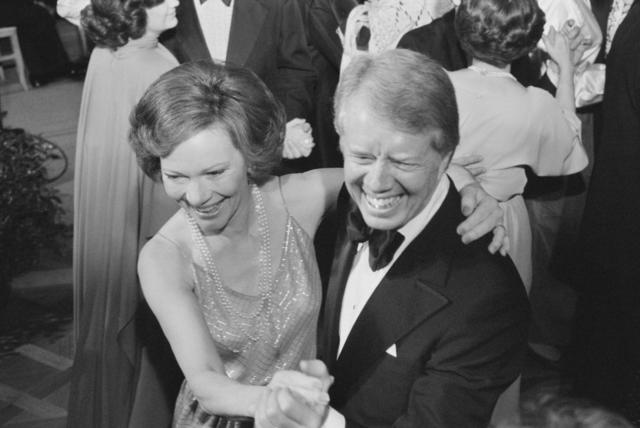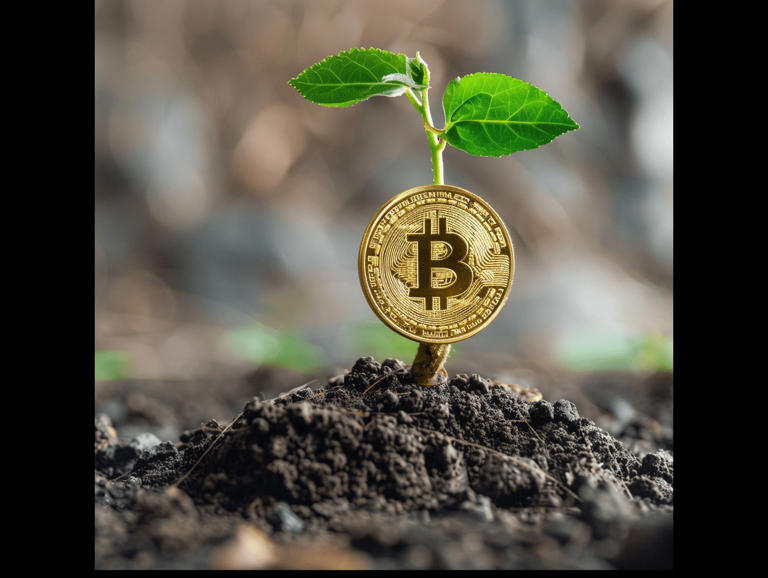The latest employment data from the Labor Department paints a picture of a U.S. economy gradually slowing down while still making progress toward curbing inflation without entering a recession. Although the headline number of 275,000 jobs added in February exceeded economists’ expectations, other indicators point to a more tempered pace of growth. The unemployment rate slightly increased to 3.9%, and wage growth decelerated, with January’s robust figures revised downward significantly.
This “Goldilocks” report, characterized by steady but not overheated growth, supports the Federal Reserve’s stance that some moderation in interest rates may be appropriate later in the year. Bill Adams, chief economist at Comerica Bank, described the report as “cool,” indicating alignment with the Fed’s objectives.
Following the release of the report, stocks initially rose but ultimately ended the day lower, halting the S&P 500’s attempt at setting a new record high. Treasury yields continued to decline, suggesting investor anticipation of potential rate cuts in the near future.
The Labor Department’s revisions to previous employment data revealed that January’s job gains were not as robust as initially reported, with the revised figure lower at 229,000 positions added. Additionally, February saw a slower growth rate in average hourly earnings, rising only 0.1% compared to the expected 0.2% and a revised 0.5% in January.
While January’s strong numbers had raised concerns about escalating price pressures, Friday’s report, which accounted for weather-related anomalies in the earlier data, assuaged those fears with its mixed signals and indications of a more tempered economic environment.
Investor confidence in the U.S. economy has been on the rise in recent weeks, buoyed by robust job growth and historically low unemployment rates, even amidst the backdrop of the highest interest rates in over two decades. President Biden highlighted these achievements in his State of the Union address, emphasizing ongoing investments in renewable energy and manufacturing and expressing confidence in a soft economic landing.
However, the central question facing both the economy and financial markets is one of timing regarding Federal Reserve policy decisions. Balancing the risk of stifling economic growth by keeping rates too high against the potential for reigniting inflation by cutting rates too early poses a delicate challenge for Fed Chair Jerome Powell and policymakers. While a rate cut at the Fed’s upcoming March meeting seems unlikely, investors are increasingly betting on a rate cut by June, as indicated by interest-rate futures.
Powell emphasized the Fed’s cautious approach, stating that monetary policy adjustments would be contingent on greater certainty that inflation is moving closer to the central bank’s target of 2%. The European Central Bank also maintained its key interest rate unchanged, reflecting a similar stance.
Despite fluctuations in the labor market, which saw a decline in native-born American employment offset by gains among foreign-born workers, overall job growth has remained robust, particularly in sectors like healthcare, government, and food services. Wage growth has outpaced the Fed’s target, but economists view the labor market’s performance as solid and broadly normalizing.
Recent indicators suggesting potential challenges in combating inflation haven’t dampened the ongoing rally in financial markets. Although Friday’s report led to losses, the broader trend indicates optimism, with a majority of sectors in the S&P 500 posting gains over the past month. This optimism reflects a broader economic recovery beyond the tech sector, signaling continued potential for stock market growth in the future.








